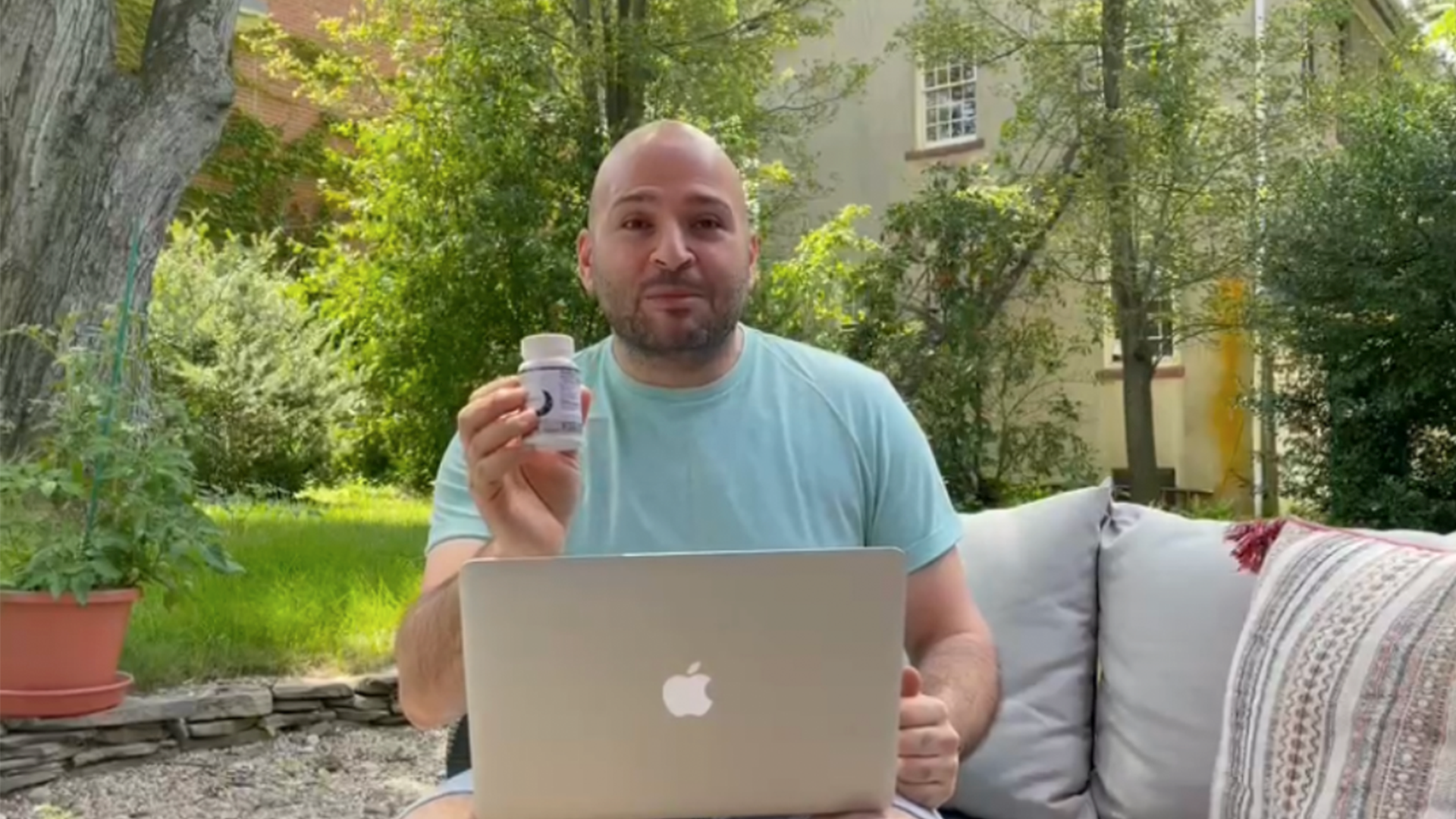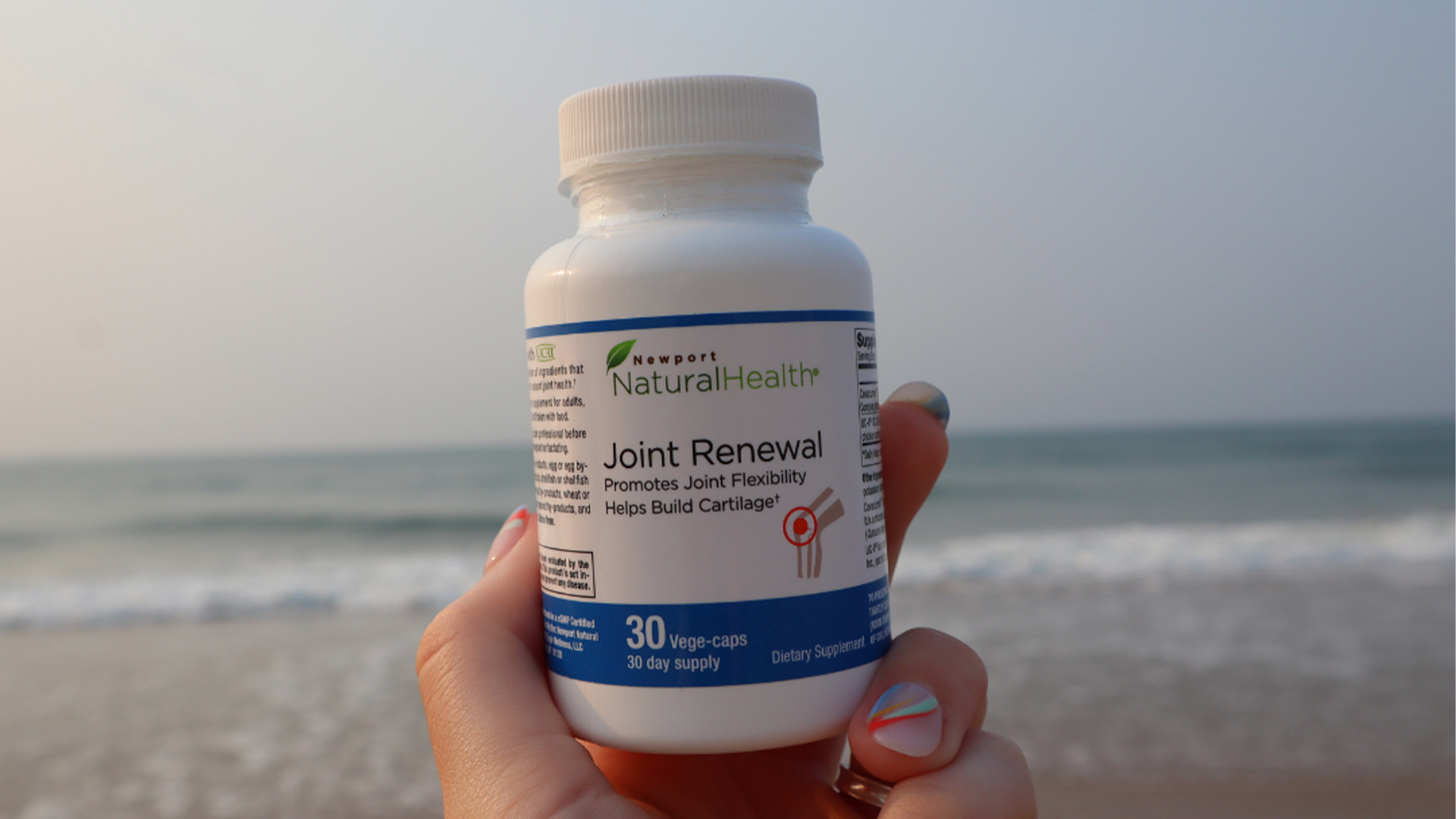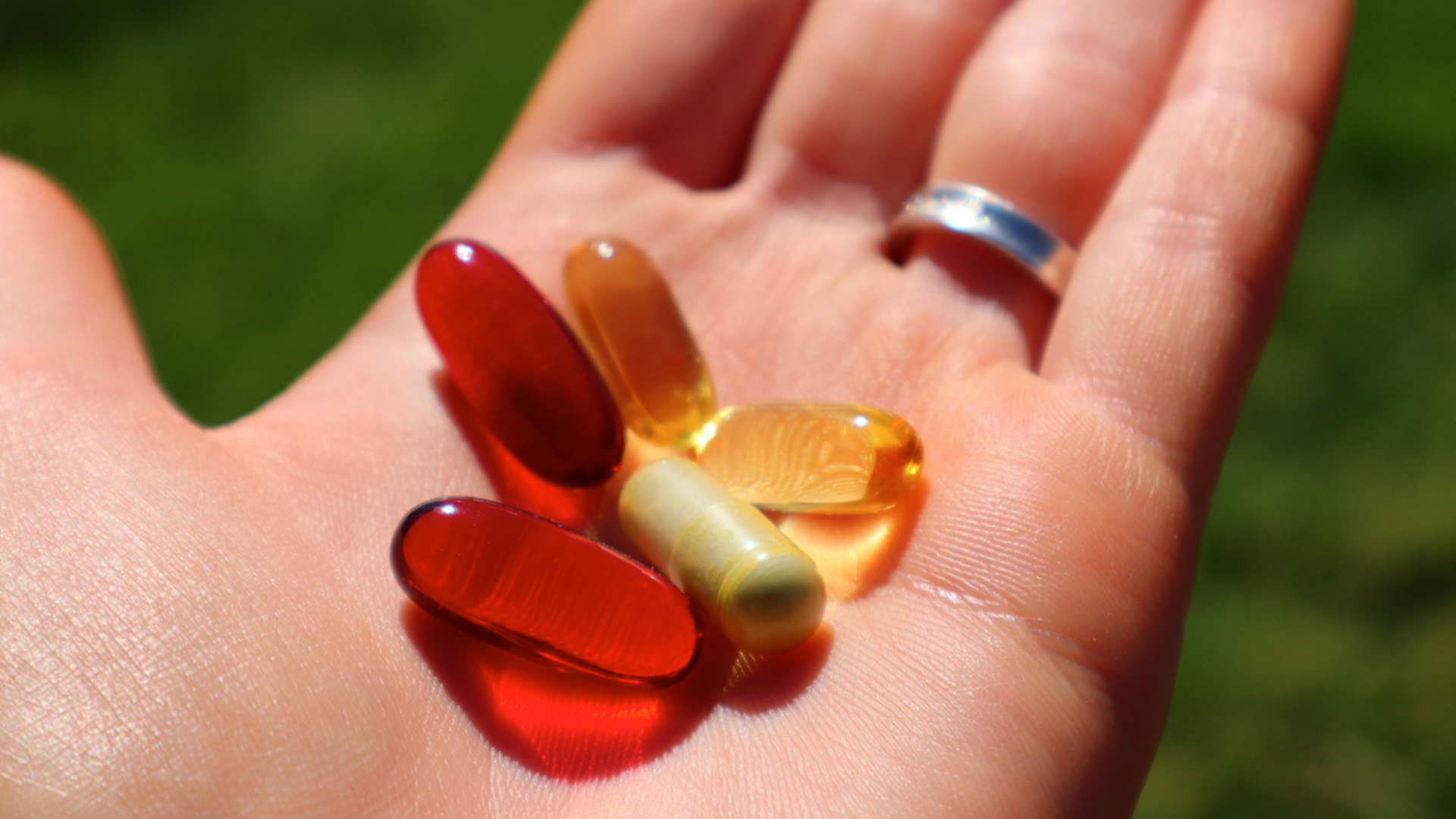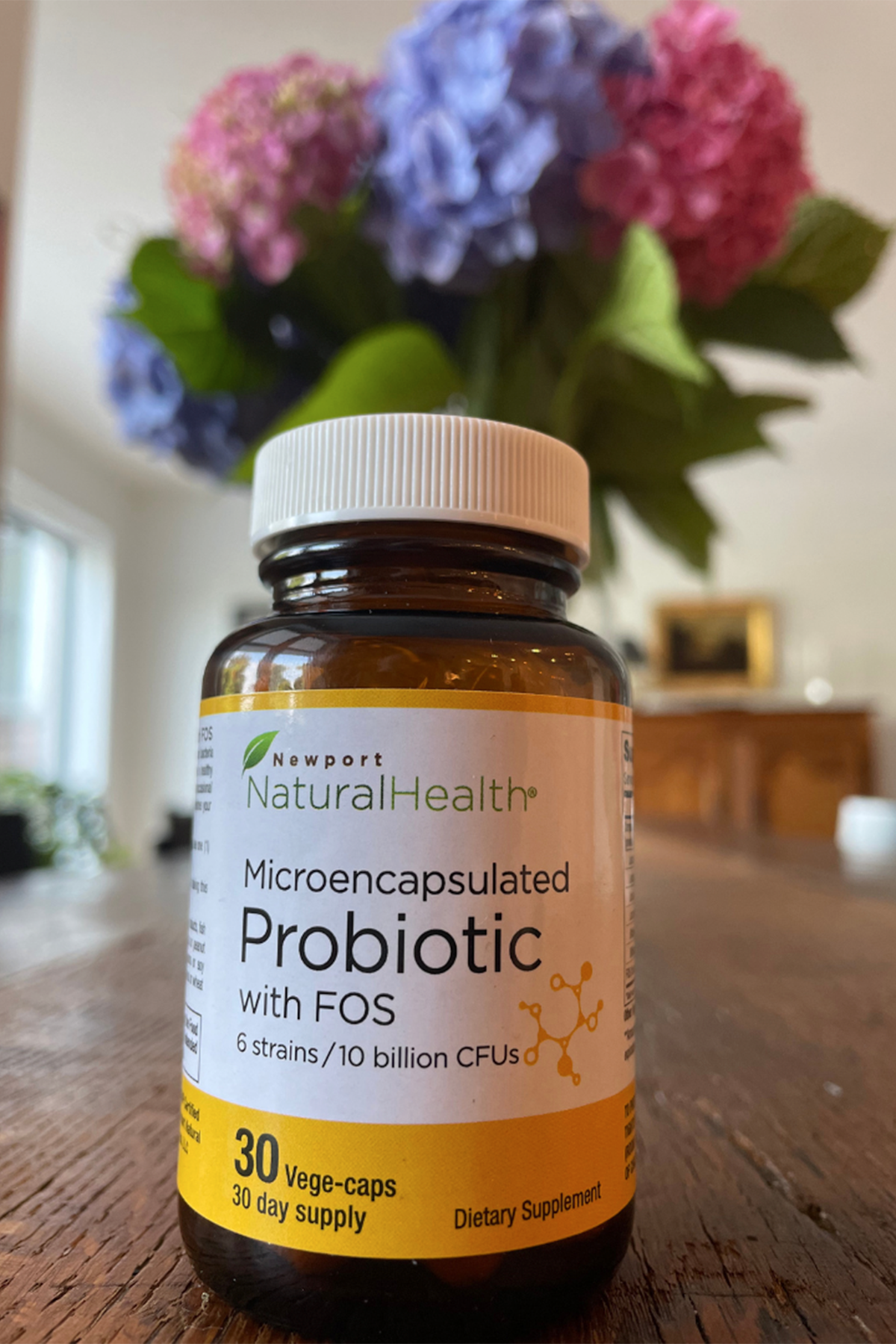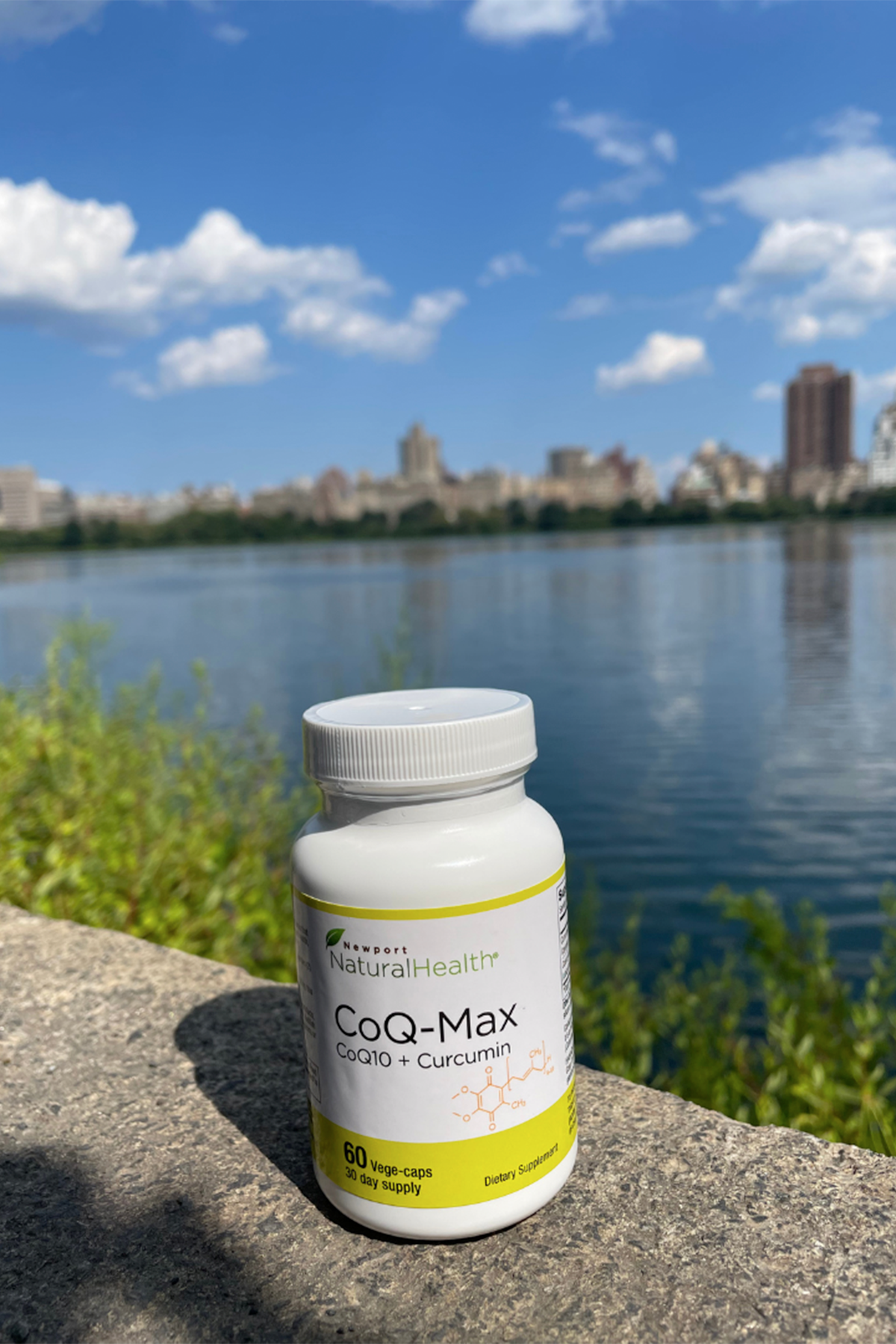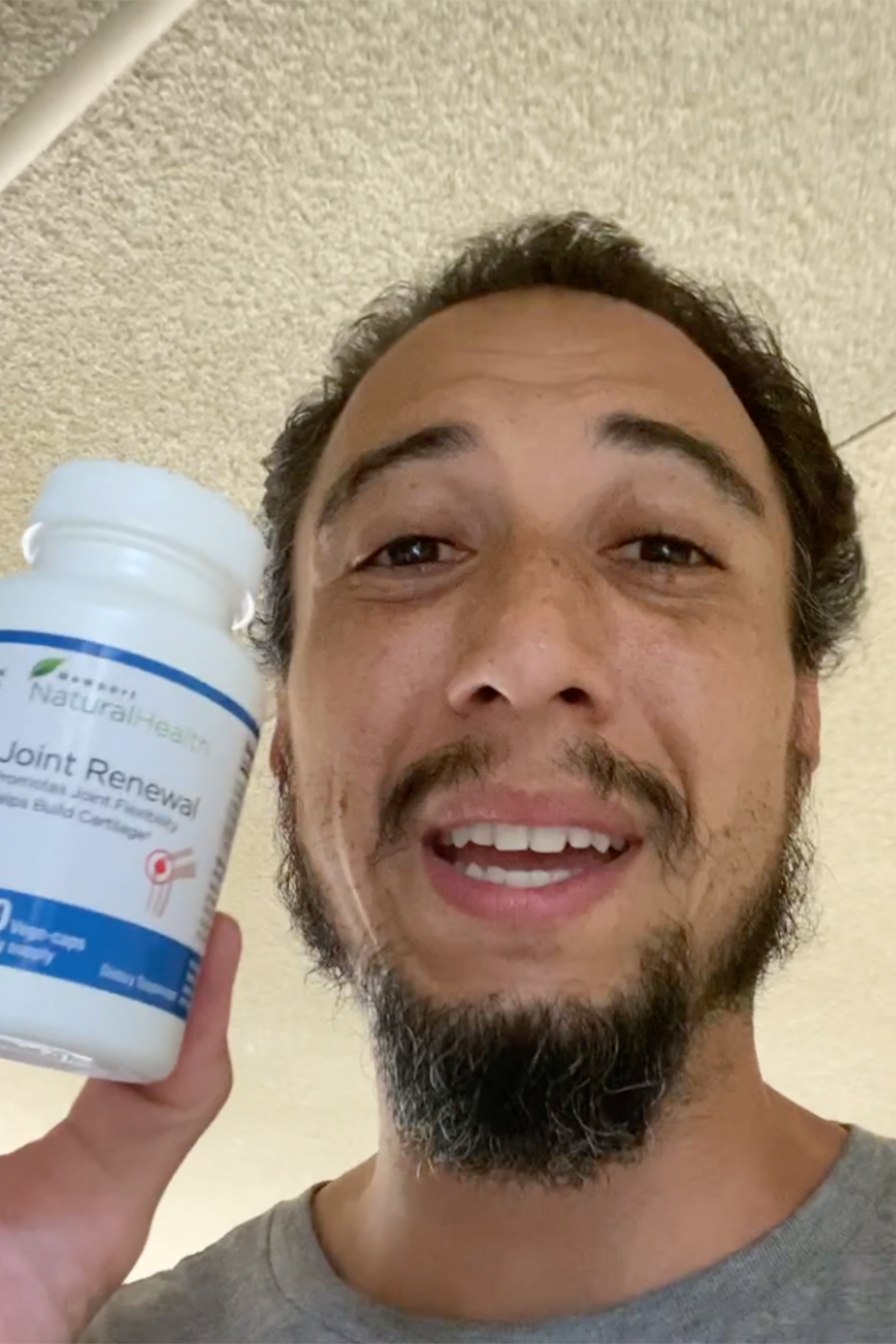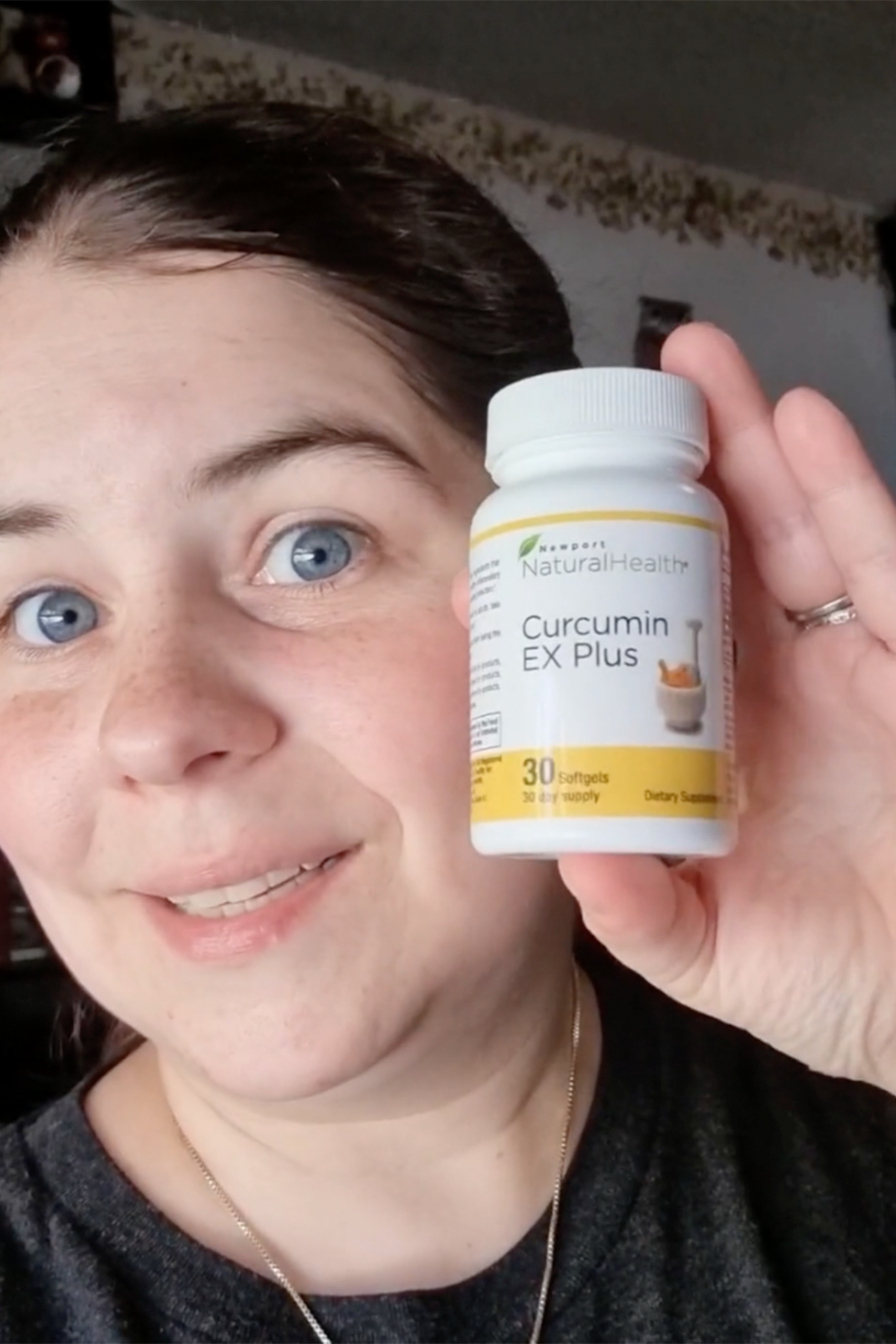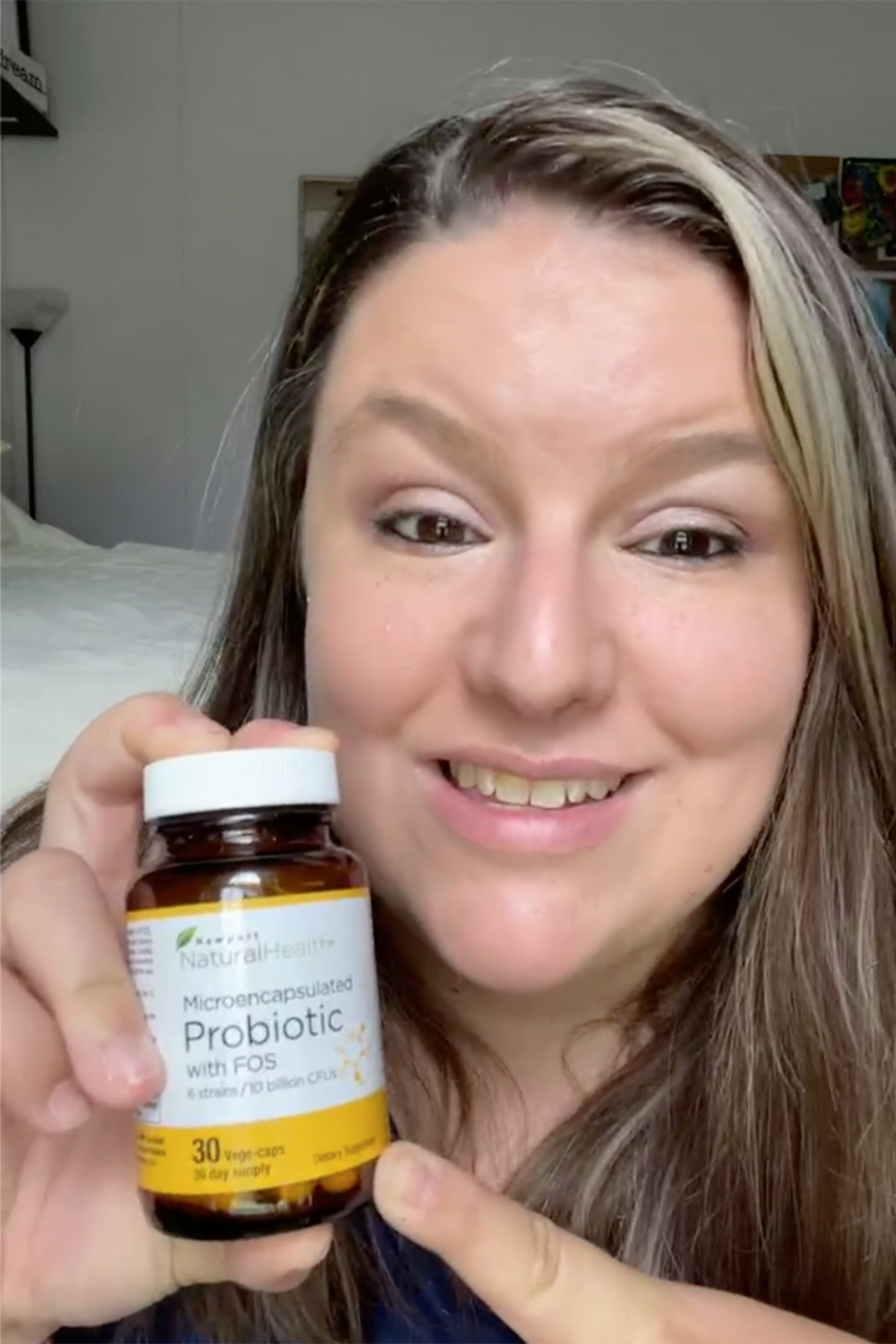It may have surprised you to read that I’m not totally against childhood vaccines. (I even had my own daughters vaccinated when they were babies.)
However, my thoughts on certain other vaccines—the flu, shingles, and human papilloma virus (HPV)—aren’t as positive.
While I do not flat-out refuse to immunize a patient against these diseases if they insist on it, I don’t generally recommend them for otherwise healthy people.
Flu Vaccine
Every year, the various viruses that cause flu mutate. When scientists gather months ahead of flu season to create that year’s vaccine, it’s anyone’s guess as to what the various flu viruses will look like. So the flu shot is basically an educated guess.
This past winter provides a perfect example of why I consider the flu shot so useless. It contained several flu strains, but one, H3N2, had already mutated by the time flu season started. As a result, many people—even those who got vaccinated—became infected with the variant H3N2 that the vaccine did not protect against.
Many studies support the claim that flu vaccines are ineffective. A 2014 review of 90 trials (that included more than 9 million people) concluded that these immunizations have “a very modest effect in reducing [flu] symptoms and working days lost in the general population.”
On top of that, I always question vaccine ingredients. As I mentioned in my last letter, flu vaccines contain thimerosal, a mercury-based preservative. In my opinion, it’s not worth injecting yourself with this substance in exchange for a very small shot at protection. (In contrast, most childhood vaccines have extremely high success rates. So in many cases, their benefits outweigh the risks.)
I’m in contact with sick patients every single day. And I never get the flu shot. I prefer to boost my own natural immunity with nutrients such as vitamins C and D, zinc, and probiotics. I suggest you do the same year-round, but especially in the fall and winter months.
Shingles Shot
Year-round, you see commercials on TV and brochures at doctors’ offices urging those 60 and older to get their shingles shot. The actors paint a positively miserable picture of shingles. They make a strong case for this vaccine.
To be fair, shingles can be very painful. It is actually a reactivation of the herpes zoster (or chickenpox) virus. After you recover from chickenpox, the virus may enter your nervous system, where it lies dormant for decades. As you age, the virus may resurrect itself. It travels along your nerves to your skin and produces painful, burning blisters and sores.
The shingles vaccine contains a live, weakened version of the chickenpox virus. It is meant to stimulate your immune system to battle the disease again. In doing so, it helps reduce the risk of developing shingles.
But here’s the problem: The shingles vaccine doesn’t reduce risk all that much. The manufacturer says 50 percent. But a closer look at the research shows that 3.3 percent of unvaccinated people developed shingles compared to 1.6 percent of those who got the shot. If you calculate absolute risk (a much more accurate measurement, determined by subtracting 1.6 from 3.3), than the actual decline in risk is 1.7 percent.
The biggest shock may be the cost—$200 or more! And most patients have to pay upfront for this vaccine, then keep their fingers crossed that Medicare or their private insurance will reimburse at least a portion of the cost.
If you feel strongly about getting the shingles vaccine, the good news is that it appears to be very safe. But you may be wasting a lot of money for not a lot of protection.
HPV Vaccine
Since its approval and launch, no vaccine has caused quite as much controversy as the HPV vaccine.
There are more than 100 types of HPV, about 40 of which are sexually transmitted. HPV is so common that the CDC claims that “nearly all sexually active men and women get it at some point in their lives.”
Fortunately, most people affected with this virus will clear it on their own within two years. In the very small percentage that don’t, the virus can cause problems ranging from genital warts to cancers of the cervix or, much less commonly, vagina, penis, anus, or throat.
In 2006, Gardasil (the first approved HPV vaccine) came to market. It promised to protect against four strains of the virus that cause up to 75 percent of cervical cancers. In 2014, the FDA approved an updated version of the vaccine that guards against nine strains and 90 percent of cervical cancers.
On the surface, a cancer-preventing vaccine certainly sounds wonderful. And while Gardasil is marketed as safe and effective, all you have to do is dig a little deeper to see the real truth.
Remember, this vaccine is only nine years old. But in that short time, more than 31,000 adverse reactions have been submitted into the government’s Vaccine Adverse Event Reporting System. This includes 550 life-threatening reactions and more than 100 deaths.
In addition, the National Vaccine Information Center compared the number of side effects between Gardasil and the meningococcal vaccine (another immunization commonly given to 11-12 year olds). They found that death and serious concerns such as stroke, blood clots, cardiac arrest, and seizures are reported up to 30 times more frequently after the HPV vaccine than after meningococcal.
Other studies have reported people coming down with multiple sclerosis-like symptoms and unusual autoimmune reactions.
With such a questionable safety record, why put yourself in harm’s way—especially when the body almost always clears HPV on its own?
Even if you or a loved one falls into the high-risk category due to chronic HPV infection, regular Pap tests (every six months to one year) can detect cervical changes. Your doctor can easily treat these and keep any potential problems at bay.
In contrast, the long-term effects that so often result from the HPV vaccine do not go away and cannot be treated. This is one vaccine I do not recommend to anyone.
Last Updated: August 16, 2018
Originally Published: April 24, 2015



